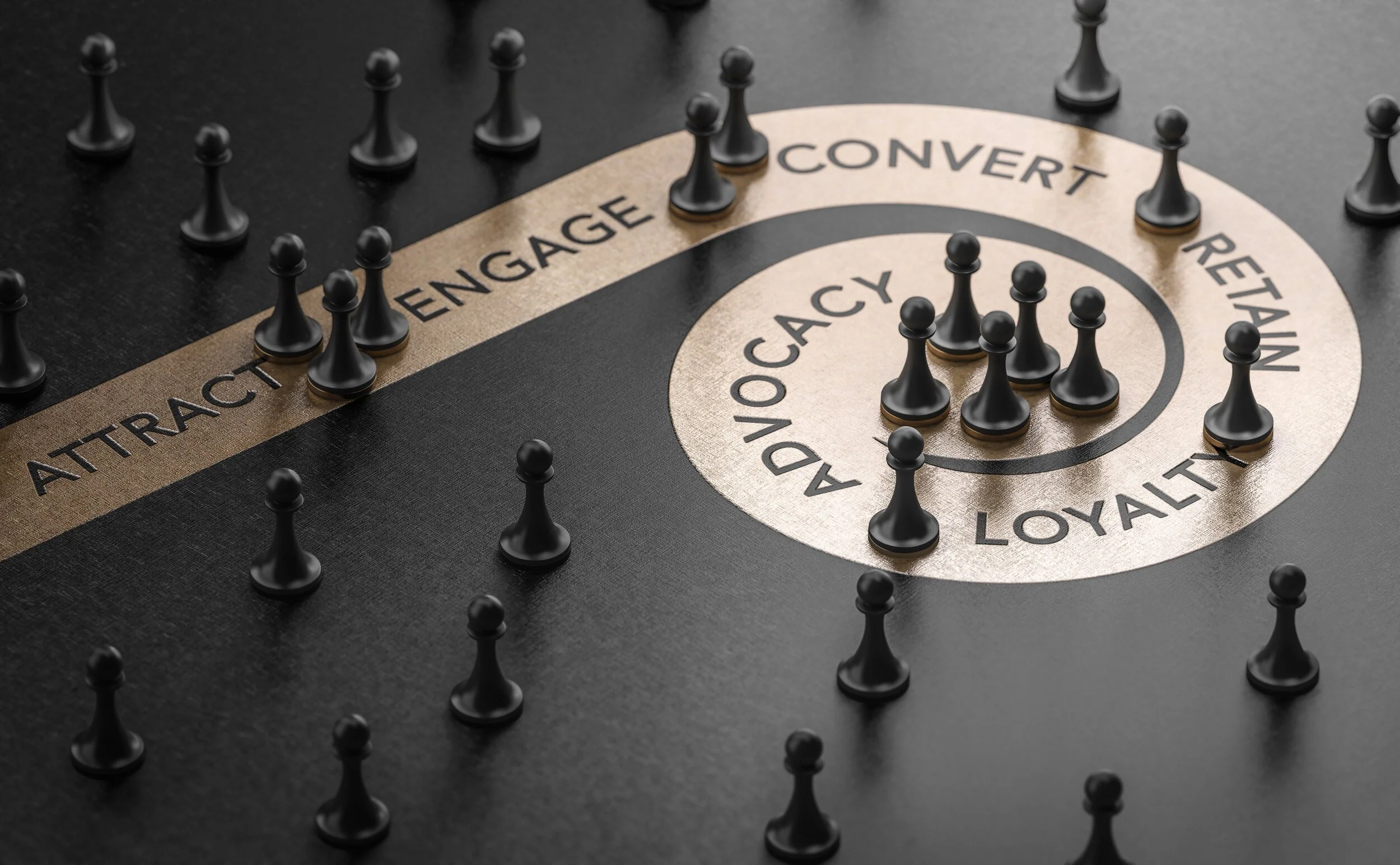Stop Losing Customers with These Retention Strategies
Highlights
Successful business growth isn’t just about acquiring new customers — you need customer retention strategies to keep those you already have.
Developing retention strategies ensures that you treat customer retention as an operational priority.
Examples of best customer retention strategies include transforming your onboarding, improving customer service, using data, staying in touch, and designing a customer success program.
It’s common for businesses to focus on adding new customers and growing their brand awareness. While those are important elements of a long-term growth strategy, customer retention strategies are just as essential. It’s important not to lose focus on keeping the customers you already have.
Customer retention isn’t just about the future sales you’ll get from those individuals — although that can represent significant revenue as well — it’s also about brand advocacy and word-of-mouth marketing. If you increase customer retention by just 5%, your profits increase anywhere from 25-95%!
If your current customers feel well taken care of, they’re more likely to recommend your business to people they know and to review you well, online and by word of mouth.
So how do you keep customers once you’ve grabbed their attention with an initial sale? Here are five best practices to prevent customer churn and the first steps to implementing them.
1. Provide Thoughtful Customer Onboarding
Don’t let the point of sale be the end of your customer’s journey. Would you invite someone into your home and then, once they’ve crossed the threshold, let the door close and immediately get back to behaving as if they’re not there? No! You’d offer them a drink, show them to a comfortable seat, maybe even give them a tour if they’ve never been to your house before.
The same is true for customers. Once they’ve purchased, your guidance doesn’t end — it shifts. Now it’s your responsibility to show them the ropes of what they’ve bought, offer information about how to use it, and help them maximize their investment.
The best customer retention strategies will up your game and bring more value to your organization. Blog posts, demonstration videos, and email campaigns with user tips are all great ways to do this.
2. Level Up Your Customer Service – After the Purchase
Customer service isn’t just about facilitating purchases and putting out fires. If designed well and implemented correctly, customer service strategy can also be one of your most powerful retention tools.
Think about Apple’s Genius Bar. When you purchase a Mac, you’re also purchasing access to a highly skilled support team — your own personal IT guys, ready to help with any issue without judging or grumbling. From booking an appointment online to communicating with the geniuses in-store, the entire process is so seamless that it creates and reinforces intense brand loyalty — even when the products themselves are imperfect.
In one recent project, we helped a client automate and scale customer communication, one of the more time consuming aspects of maintaining customer relationships. Our client, a global tech giant, needed a way to send personalized emails to their extensive audience, a task that relied on copying and pasting from an Excel file and allowed only 15 emails to be sent per hour. A single communication would have consumed 180 hours!
Automating this process allowed our client to stay in touch with their audience in a personalized, scalable way. You can read more about our approach here.
Similar to automating emails, automating access to customer services is a great retention strategy — it can help you offer multiple access channels, including contact forms to save time and chatbots that can escalate to agents at the right point in the conversation, and equip your agents with the necessary training and data to hyper-personalize their approach to offering superior customer service.
3. Leverage Data in Your Customer Retention Strategies
Make sure you don’t just solve customer issues and stop there. You can also use any customer complaints as data points to help you preemptively solve problems that other customers might experience without telling you — and stop them from jumping ship as a result.
Similarly, tracking your customers’ journeys carefully and paying close attention to where churn happens can help you look one or two steps back to see where those customers’ dissatisfaction likely took root. Once you identify the pain point, you can solve it before it causes further customer leakage.
4. Keep Courting Your Customers
Consumers know when they’ve been had, when all the special offers and incentives stop abruptly the minute they make a purchase. Suddenly, it’s full price for everything and no added value in the content they’re presented with — just hard-core sales and expected continued profit. And when it gets to that point, why shouldn’t they move over to a competitor so they can be a new customer again, with all the wooing that comes with it?
Retention strategies work. In fact, most businesses say that 65-75% of their business comes from retained customers. That’s a lot of potential business to lose if you aren’t treating your loyal customers as well as your new ones.
Keep the fire alive with incentives like ‘friends and family’ or newsletter-subscriber sales and content created especially for your existing customers. You can even offer gifts to especially loyal customers, depending on your industry and the products you offer.
Most importantly, keep making consistent improvements in all the ways your company interacts with consumers, especially when it comes to customer touchpoints.
5. Design a Customer Success Program
It’s always a good idea to have a clear overall customer experience workflow with a map of how you’ll implement it across your organization. But it’s also useful to create a strategy for customer success — making sure not only that customers have seamless, positive experiences with your business, but also that they get exactly what they want and need out of their interactions with you.
That means helping your customers find the right solution to fit their needs, offering extensive resources, like product tutorials, to help them maximize their investment in your offerings, and ensuring that your customer service experience is as painless and helpful as possible.
Need Help Developing Your Customer Retention Strategies?
Essentially, a customer success strategy pulls together all of the above elements of customer retention and puts them into a clear, organization-wide workflow so that you can standardize your approach to reducing customer churn.
A long-term, loyal, repeat customer base is the foundation of business success. If you can turn new customers into long-term customers consistently, you’ll have a formula for growth that’s not only foolproof but extremely profitable.
If you’re looking for help stopping customer churn and boosting your organization’s bottom line, Prime 8 can help. Learn more about our digital marketing solutions today!
























